|
The nine negatives reproduced in figure 10-23 compare the effects of exposure and development variations. From the left, they show the effects of development; from the top, they show the effects of exposure. The center negative has been given both correct exposure and normal development and is a normal negative that will print without a filter or with a No. 2 filter.
Negatives 1, 4, and 7 have been underdeveloped, while 3, 6 and 9 have been overdeveloped.
The negatives across the top-1, 2, and 3-are underexposed and lack detail in the shadow areas. Increasing development (No. 3) had no appreciable effect on the lack of shadow detail. Little can be done to improve negative quality when exposure is insufficient. Underexposure is identified by lack of shadow detail.
The negatives across the center-4, 5, and 6-were given correct exposure and all have sufficient shadow detail. However, No. 4 was underdeveloped and is flat or lacks adequate contrast. Negative No. 5 received normal development, has good shadow detail, and good contrast. It is a normal negative. Negative No. 6, although having received correct exposure, was overdeveloped. This resulted in excessive highlight density with a loss of highlight detail and excessive contrast. The highlights in both 6 and 9 are too dense.
Negatives 3, 6, and 9 are all overdeveloped. The correctly exposed negative, No. 6, is so dense that almost no detail is visible in the highlights. The highlights of the overexposed and overdeveloped negative, No. 9, are completely blocked up.
When a correctly exposed film is given normal development as in negative No. 5, the negative has
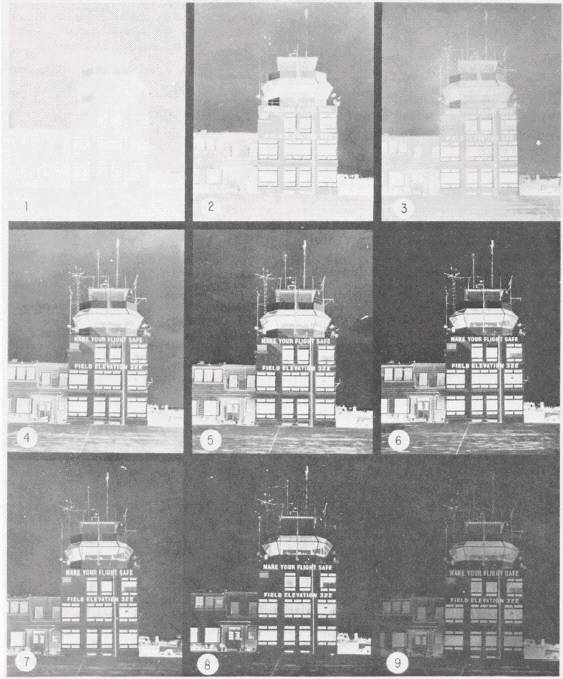
Figure 10-23. Exposure and processing affects.
clearly defined detail in all parts of the image from the strongest highlights to the weakest shadows. The contrast is satisfactory. It may not reproduce the contrast of the original scene exactly, but it has sufficient contrast to produce a pleasing reproduction.
When the film is overexposed and normally developed, as in No. 8, the highlights in the image show a loss of detail. Giving the overexposed film less than normal development may save some highlight detail, but it also reduces the contrast. When the overexposed film is overdeveloped, as No. 9 was, all highlight detail is destroyed and the contrast is also reduced.
Table 10-1 is a listing of defects that commonly occur in film processing. The appearance, the cause, and the remedy for each of the defects listed are also provided.
Table 10-1. Negative Defects: Their Appearance, Cause, and Remedy
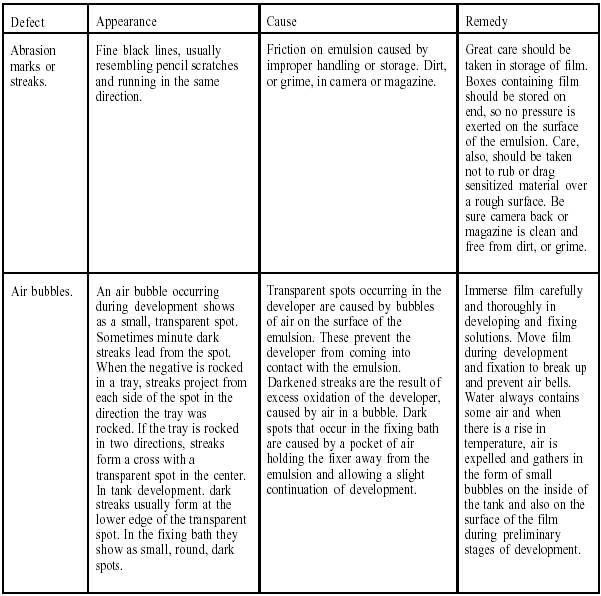
Table 10-1. Negative Defects: Their Appearance, Cause, and Remedy-Continued
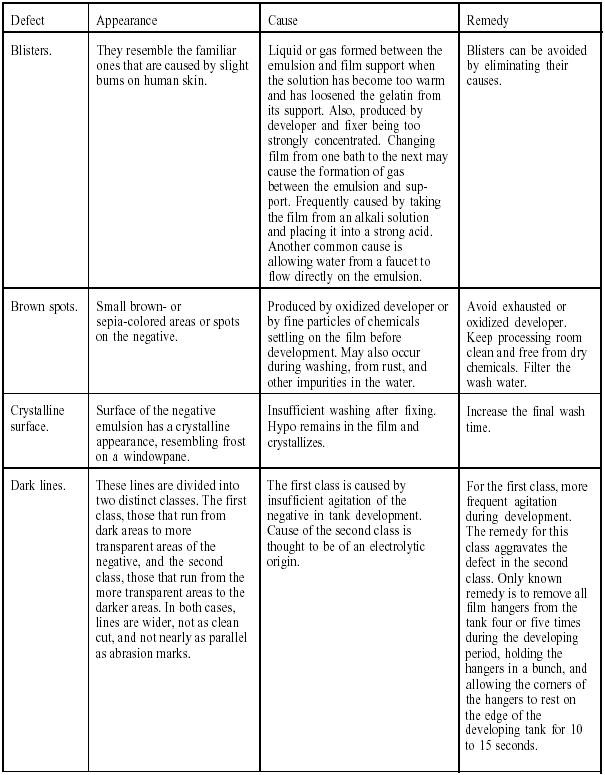
Table 10-1. Negative Defects Their Appearance, Cause, and Remedy-Contiuued
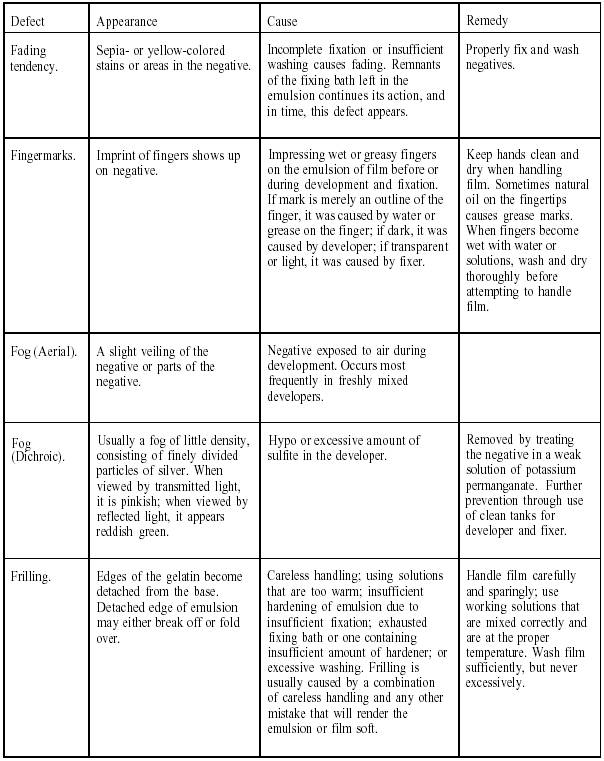
Table 10-1. Negative Defects Their Appearance, Cause, and Remedy Continued

Table 10-1.-Negative Defects: Their Appearance, Cause, and Remedy-Continued
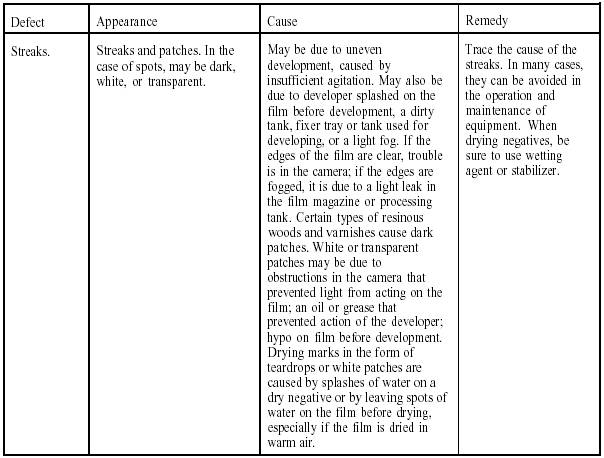
|

